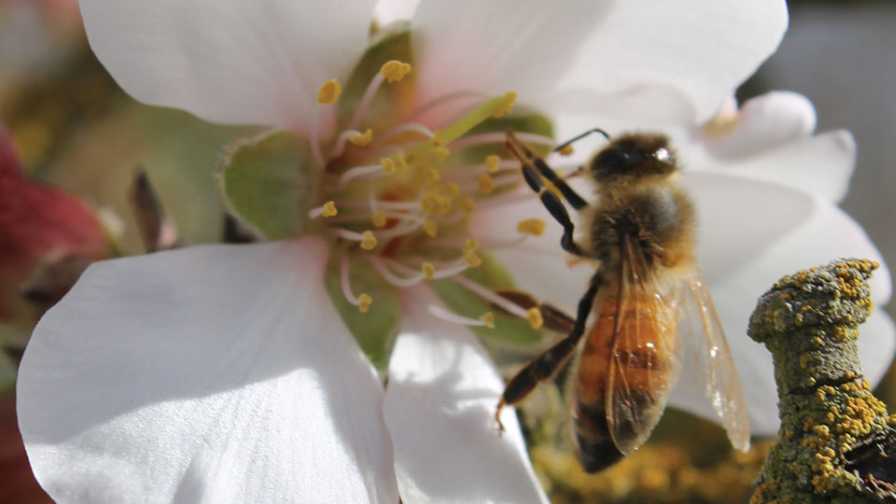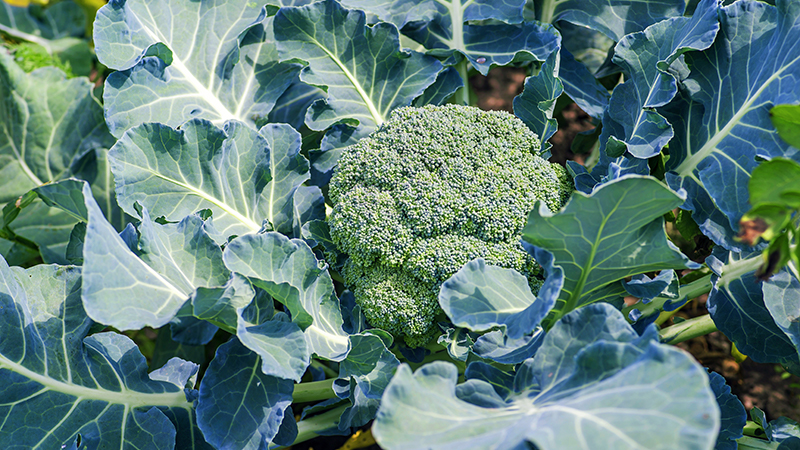Commentary: Time To Plan Ahead For The Next Drought

For your sake and for the sake of all those connected with the fruit business, I sure hope you’re planning for the next drought. Some say we’re already in a serious one. The Center for Climate and Energy Solutions stated in July that record heat and below-average rainfall have combined to make the current U.S. drought the worst since 1956.
Nearly 75% of the lower 48 states are experiencing drier than normal conditions or worse. 2012 was the hottest year on record for the continental U.S. The USDA has declared much of the nation’s wheat growing region to be a natural disaster area.
Here in California’s San Joaquin Valley, things look even worse. Our water comes from snow melt in the Sierra Nevada, which runs along the valley’s east side. It means that those growers on the west side of the valley don’t have senior water rights.
These growers have to buy federal water, purchasing it from the U.S. Bureau of Reclamation. This year many of those west-side growers complained because they only got 20% of their allocation, and many went shopping for water on the open market. For example, tomato growers don’t have to plant, but almond growers have to keep their trees alive, so the latter buys water from the former. And pays dearly.
But it could get a lot worse this coming year. If we have another dry winter, not getting any snowpack in the two (normally) wettest months of December and January, many expect BuRec, as it’s known, to announce an initial allocation of 0%. Zero.
The initial allocation estimate is made in February, and can be raised if there is a lot of precipitation after it’s made, but it’s still important. Growers start planning based on it, and even more important, bankers give it a lot of weight. After all, who would loan a grower a lot of money to produce a crop knowing that grower likely wouldn’t be able to fully irrigate the crop?
100K Acres Lost
An initial zero allocation estimate has been issued before, just five years ago, so we know some of the effects. In 2008, growers left more than 100,000 acres fallow — more than 100,000 acres of some of the most productive farmland in the world. March ended up being the wettest month of that rainy season, but praying for a “March Miracle” is not exactly sound business planning.
During a presentation at this summer’s American Society for Enology and Viticulture conference, I got to thinking about what might happen as soon as this coming year if we don’t get more rainfall. Dana Merrill, who heads up Mesa Vineyard Management near Paso Robles, CA, said this is the worst drought he has seen in California since the early ’70s, and growers need to include a serious drought scenario in their irrigation plans.
Growers are also going to need to think outside of the box when that time comes, said Merrill. For example, if a block is reaching the end of its fully productive life, perhaps it should be pulled out even if it does have a few good years left.
Perhaps most important, growers need to educate the general public about what a drought can mean. Because the biggest fights over water aren’t going to be grower vs. grower, they’re going to be ag vs. non-ag uses. Merrill said growers have a responsibility to tell non-ag folks how much water they need and why they need it. Now — before the inevitable serious drought — is a good time to start.









